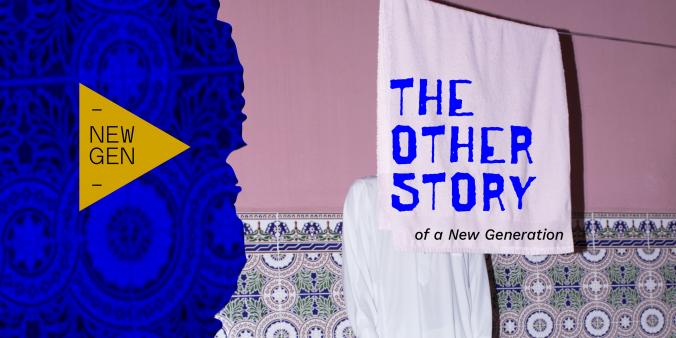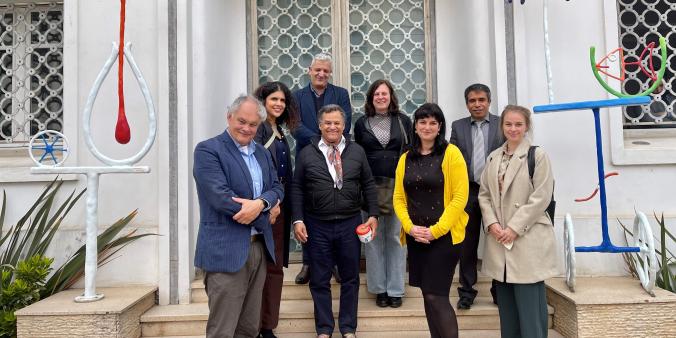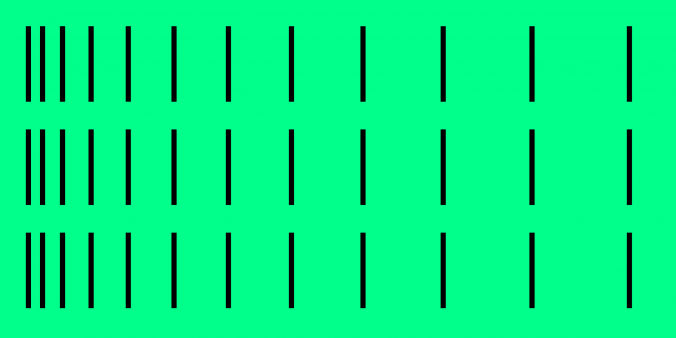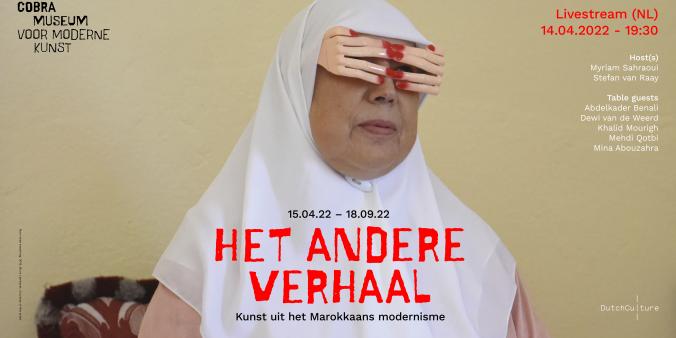Despite the historical relationship between the Netherlands and Morocco and the presence of a large Moroccan community in the Netherlands, cultural cooperation between the two countries was virtually non-existent for a long time. There were simply no funding programmes or training programmes to stimulate and support cultural exchange. This changed in 2017 when Morocco became one of the focus countries of Dutch international cultural policy. DutchCulture then took the initiative to develop a programme aimed at stimulating cultural exchange between the Netherlands and Morocco in the field of cultural heritage and the museum sector.
Discovering cultural heritage
Since 2014, Morocco has been striving to internationalise its museum and cultural sector. That year saw the establishment of La Fondation Nationale des Musées, with the objective of creating a museum in every Moroccan city that meets international standards. The goal is to cultivate awareness among the public of the country’s cultural heritage. The calling card of this policy is the Mohammed VI Museum of Modern and Contemporary Art in Rabat, which collaborates with various prominent museums abroad such as the Louvre in Paris and the Prado in Madrid.
For the Netherlands, with its large Moroccan community, this ambition is also essential: through cultural cooperation, the second and third bi-cultural generations can (again) discover their own roots. Morocco is no longer just the country that their parents or grandparents left behind. These younger generations can now discover what kind of a country Morocco has become in the meantime, what developments are taking place and how they can be a part of that. The quest to rediscover their cultural identity is a recurrent theme among younger Moroccan-Dutch artists who grew up in the Netherlands.*

Dutch mission to Morocco
As a result of the cultural developments in Morocco, the country has also become more attractive as a collaboration partner for international cultural exchange. In 2019, the municipality of Amsterdam and DutchCulture decided to organise a cultural mission with which to introduce Dutch cultural institutions such as the Reinwardt Academie and the Cultural Heritage Agency to partners in Morocco. The trip was due to take place in March 2020 but had to be called off due to the outbreak of the corona pandemic.
Last year, a lot of effort was put into fleshing out a training programme for museum professionals in the meantime, and it has now been approved by the Dutch embassy in Rabat. In March 2022, the first exploratory trip by the Reinwardt Academy, the Cultural Heritage Agency and DutchCulture to Morocco could finally go ahead, aimed at inventorying what Moroccan museums need and what the best ways would be to get to know each other and to exchange knowledge and experience.
As part of the trip, the Fondation Nationale des Musées organised a wonderful tour to see the Musée Mohammed VI and the Musée Nationale de la Photographie in Rabat, the Al-Batha museum of Islamic art in Fez (currently being restaured), the Musée National de la Musique in Meknès, and two modern art museums in Tangier (Villa Harris and Musée la Kasbah). It was a tour that offered a very good view of both the possibilities and challenges of museological exchange. (More information about these museums)
Visitors’ programme in the Netherlands
In April of this year, the chair of the Fondation Nationale des Musées, Mehdi Qotbi, and the director of the Mohammed VI Museum in Rabat, Abdellaziz El Idrissi, travelled to the Netherlands for a visitors’ programme to help prepare the Dutch training programme. They visited, among others, the Van Gogh Museum and the Stedelijk Museum in Amsterdam. In October, the Stedelijk is organising an exhibition featuring the Moroccan artist Yto Barrada, who alternates living in Tanger and in New York.
The programme also included a visit to the ultramodern and hyper-secure Collection Centre of the Netherlands in Amersfoort, where the Rijksmuseum, Museum van Loon and the Cultural Heritage Agency store their collections in a sustainable and (climate) safe manner. Given Morocco's climate challenges, for instance, for the museums close to the coast, it is not surprising that Qotbi and El Idrissi were very interested in this facility.
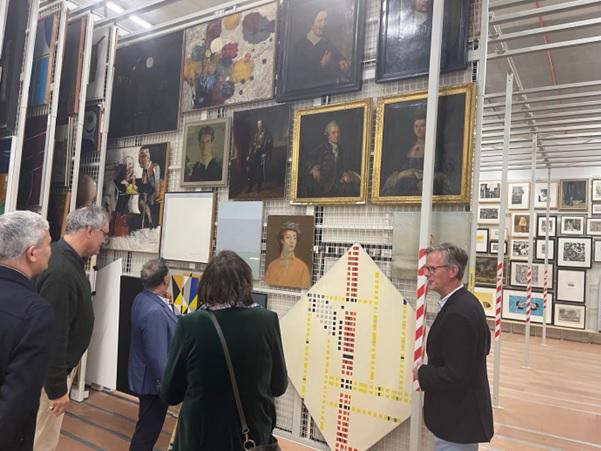
Culture builds bonds
One very successful and important collaboration is between the Cobra Museum for Modern Art in Amstelveen and the Musée Mohammed VI in Rabat. Many Cobra artists visited Morocco in the 1960s, influencing Moroccan modernist artists and vice versa. In the jointly curated exhibition The Other Story. Moroccan Modernism from 1956 until now (to be seen until 18 September), the Moroccan-Dutch writer Abdelkader Benali and Cobra present their vision of what modernist art is actually all about. The pioneers of Moroccan modernism are obviously represented, but young and upcoming artists in various disciplines are also introduced. A selection from the Cobra collection will go on display in the Musée Mohammed VI in the autumn of 2023.
These exchanges are unique and highly significant, and not just in cultural terms. After a wind-still period in the relations between the two countries, a fresh breeze has begun to pick up and there is a renewed interest in getting to know each other. Culture is one of the means that can contribute to improving and consolidating the countries’ relationships. Not surprisingly, Qotbi and El Idrissi have been closely involved in this development. At the opening programme in the Cobra Museum, both Qotbi and Dewi van de Weerd, the Dutch Ambassador for International Cultural Cooperation, were among the guests seated at the table.
These exchanges can also serve as concrete, hands-on case studies for the training programme mentioned above, aimed at museum professionals. What’s going well, what could be improved, and what can we learn from each other? Towards the end of this year, a group of Moroccan curators will be travelling to the Netherlands to meet their Dutch counterparts. At a later stage, Dutch museum professionals will travel to Morocco, accompanied by students of the Reinwardt Academie. This training programme is organised by the Reinwardt Academie, the Cultural Heritage Agency, and DutchCulture. Cobra is a partner in the educational part of the programme.
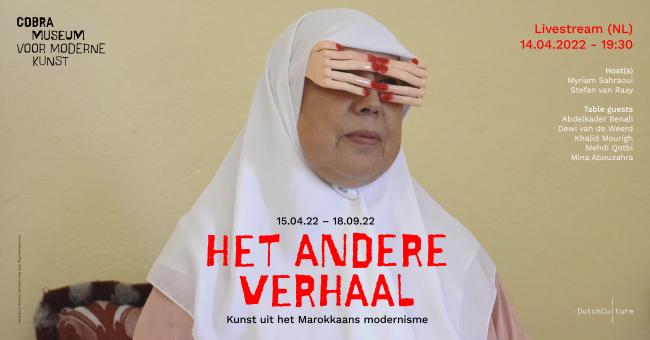
Sharing knowledge
All these exchanges so far have found a need in Morocco for knowledge about conservation methods and climate control. The current professionalisation drive among museums in Morocco can also serve as a laboratory for other African countries with similar climatic conditions, and comparable ambitions with respect to conserving and presenting cultural heritage.
Morocco is also eager to learn about public participation and education. Although there are many young and dedicated art historians and archaeologists, there are very few opportunities for further training during their careers. This pertains particularly to the practical aspects of museum development: how do you curate an exhibition, how do you create educational materials, and how do you reach and engage an audience? In the Netherlands, education and curatorship are strongly developed elements in the museum world, and hence an important source of knowledge.
Conversely, Dutch curators can learn from Moroccan counterparts about how stories are passed on from generation to generation, and more generally about the role and significance of the spoken word. Moroccan culture has a strong oral tradition and can serve as a source of knowledge about non-western storytelling, in all its possible forms.
Another area that is relatively new to the Netherlands concerns the connection between Africa and Europe. This is where Morocco fulfils an important role and in which it wishes to set an example. For example, Moroccan museums devote extensive attention to artists from for instance Mali and Niger, and the music museum presents the musical traditions from the north that are connected to Spanish Andalusia, while those from the south have a strong African tradition. Further developing this area would very much enrich the Dutch sector, given its strong Eurocentric character.
Aside from the exchange on practical matters, another interesting collaboration could be in the area of antiquities. Since the southern border of the Roman Empire lies in what is Morocco today, and its northern border lies in the Netherlands, the two countries share a rich historical background. It is therefore quite conceivable for the archaeology museum in Rabat to collaborate with for instance the National Museum of Antiquities in Leiden.
The extensive Jewish history of Morocco is another potential area of collaboration. This year will see the opening of a museum for Jewish-Moroccan culture in Fez, which is an interesting development for an Islamic country.

Future collaboration
Morocco clearly has the ambition to develop and present its immensely diverse culture and cultural legacy in a manner befitting modern museums. However, given the pace of today’s developments, it is unclear whether the country has enough people in place to achieve all its ambitions. It is also important to stimulate interest in these cultural ambitions among the Moroccan population, which is a considerable challenge for Moroccan society. To make art and culture more familiar and easily accessible requires effective communication and education. For it’s not just about the actual art objects, but also about the cultural heritage and diversity of the country and the population. Ample reason, therefore, to invest in exchanges and to train and educate professionals that are committed to developing Morocco’s cultural sector.
NewGen meet-up: The Other Story of a New Generation
*On Friday 16 September DutchCulture and the Cobra Museum for Modern Art in Amstelveen present The Other Story of a Dutch and Moroccan new generation. What changes and challenges in society today inspire young artists from Morocco and The Netherlands to create their art? How do they deal with tradition and their often international identity? A new generation of Dutch and Moroccan artists and cultural professionals will shine their light on the themes reflected in Cobra's exhibition The Other Story. Moroccan Modernism from 1956 until now.
For more information regarding cultural cooperation with Morocco, please contact our Morocco advisor Myriamn Sahraoui, and visit our country page for Morocco.


